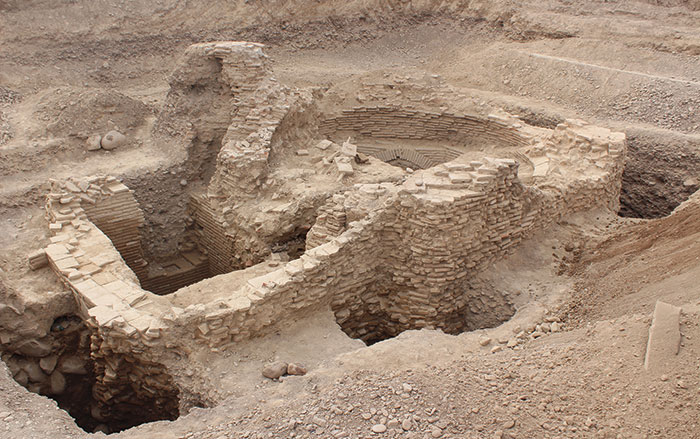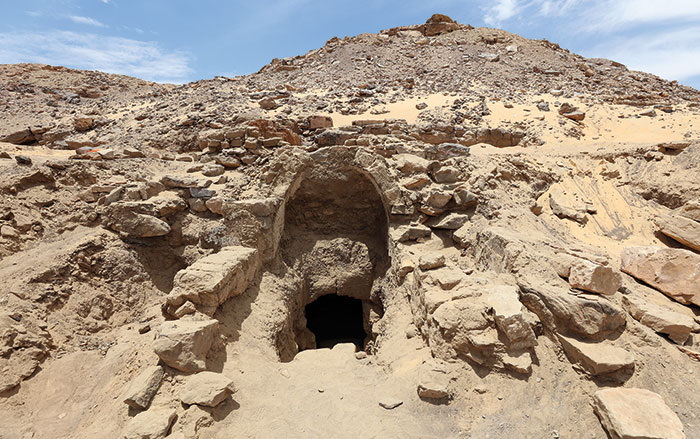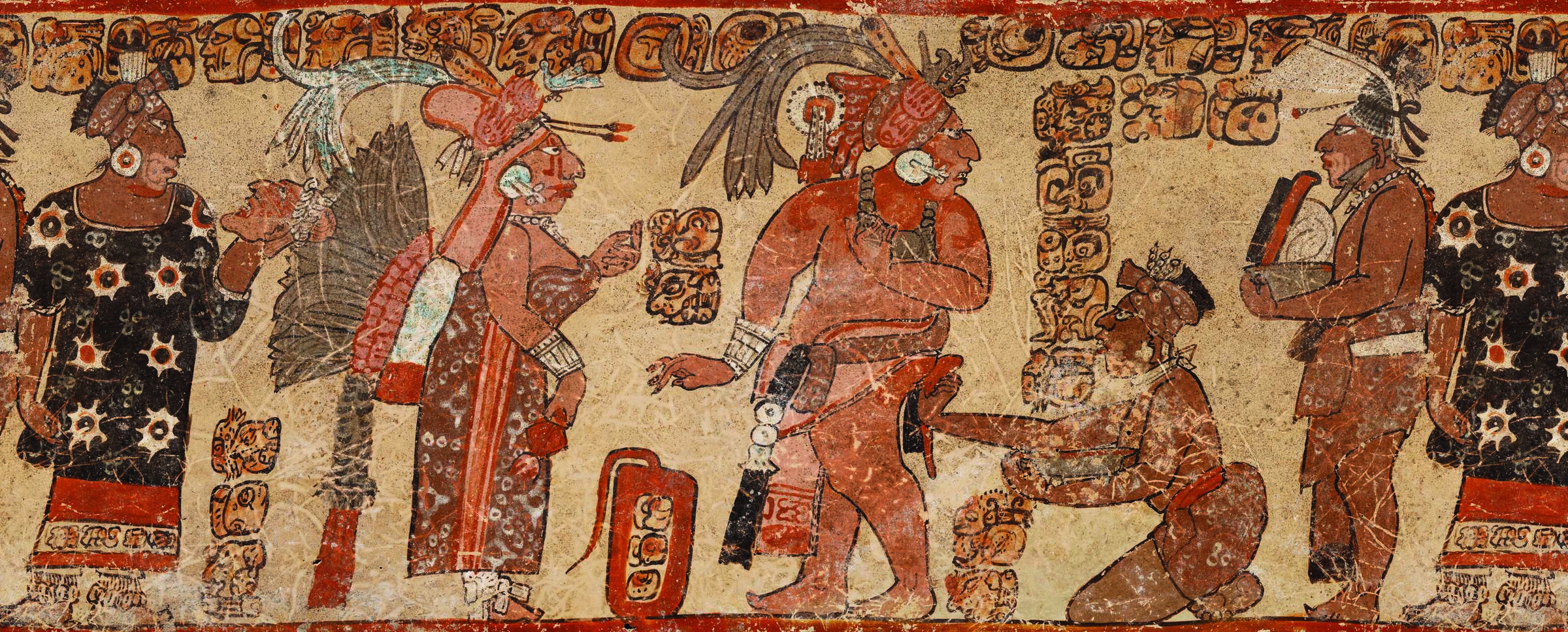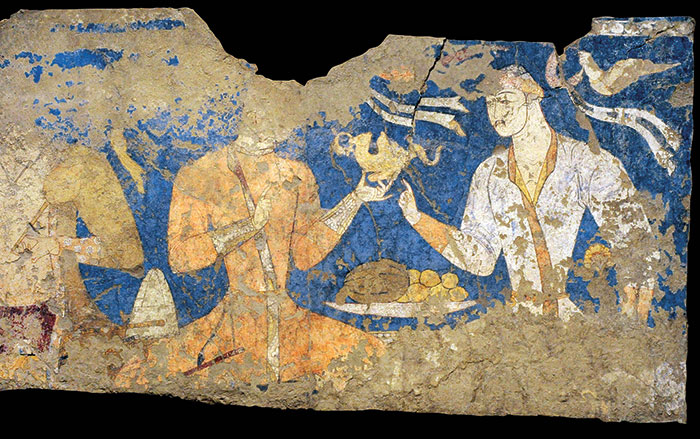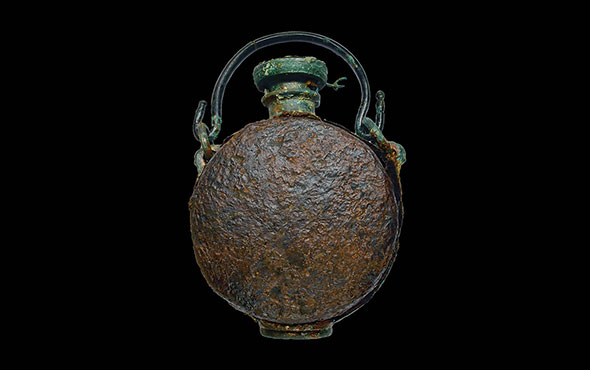
DUBLIN, IRELAND—According to an Irish Central report, geneticist Lara Cassidy of Trinity College Dublin and her colleagues have found evidence of Down Syndrome in the remains of a six-month-old baby recovered at Poulnabrone, a megalithic tomb in County Clare. Genetic analysis of material recovered from an inner ear bone revealed that the child, a boy who lived between 4,000 and 6,000 years ago, had three copies of Chromosome 21, which produces a range of developmental delays and physical disabilities. Examination of the remains also revealed that the boy’s skull and eyes had the distinctive shape associated with the condition. To read about a 5,500-year-old passage tomb north of Dublin, go to "Passage to the Afterlife."



